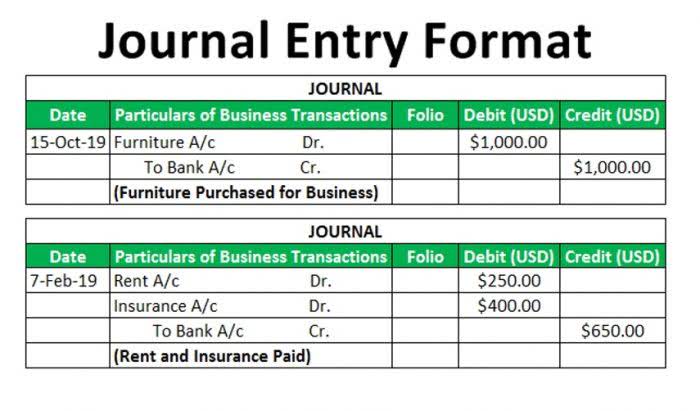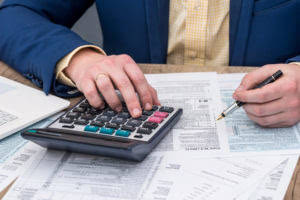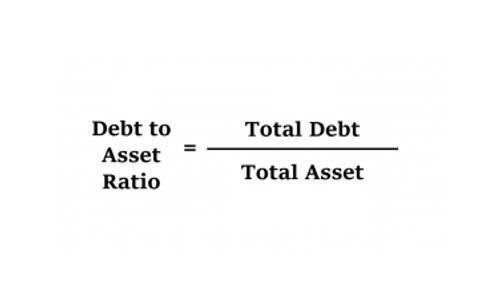
Paul elected a $5,000 section 179 deduction for the property and also elected not to claim a special depreciation allowance. In 2023, Paul used the property 40% for business and 60% for personal use. Generally, if you receive property in a nontaxable exchange, the basis of the property you receive is the same as the adjusted basis of the property you gave up. Special rules apply in determining the basis and figuring the MACRS depreciation deduction and special depreciation allowance for property acquired in a like-kind exchange or involuntary conversion. See Like-kind exchanges and involuntary conversions under How Much Can You Deduct?
- The plant will not be treated as qualified property eligible for the special depreciation allowance in the subsequent tax year in which it is placed in service.
- You must also reduce your depreciation deduction if only a portion of the property is used in a business or for the production of income.
- Your deductions for 2020, 2021, and 2022 were $500 (5% of $10,000), $3,800 (38% of $10,000), and $2,280 (22.80% of $10,000), respectively.
- Therefore, depreciation is a process of cost allocation—not of valuation.
Credits & Deductions
Unadjusted basis is the same amount you would use to figure gain on a sale, but it is figured without taking into account any depreciation taken in earlier years. However, reduce your original basis by the amount of amortization taken on the property and by any section 179 deduction claimed as discussed in chapter 2 of Pub. ACRS applies to most depreciable tangible property placed in service after 1980 and before 1987. The property must be for use in a trade or business or for the production of income. Property you acquired before 1981 or after 1986 is not ACRS recovery property. For information on depreciating property acquired before 1981, see chapter 2.

Useful Life Adjustments
Direct deposit securely and electronically transfers your refund directly into your financial account. Eight in 10 taxpayers use direct deposit to receive their refund. If the element is the business purpose of an expenditure, its supporting evidence can be circumstantial evidence. If any of the information on the elements of an expenditure or use is confidential, it does not need to be in the account book or similar record if it is recorded at or near the time of the expenditure or use. It must be kept elsewhere and made available as support to the district director on request. An adequate record of business purpose must generally be in the form of a written statement.

Publication 534 (11/ , Depreciating Property Placed in Service Before 1987
If your adjusted basis has been decreased to $1,000 and the rate of depreciation is 20%, your depreciation deduction should be $200. But if your estimate of salvage value was $900, you can only deduct $100. This is because $100 is the amount that would lower your adjusted basis to equal salvage value. The declining balance method allows you to recover a larger amount of the cost of the property in the early years of your use of the property. Before 1981, you could use any reasonable method for every kind of depreciable property. It lets you deduct the same amount of depreciation each year.
What Are Examples of Depreciable Property?
This type of property is subject to depreciation under a special rule. If your property is being depreciated under ACRS, you must continue to use rules for depreciation that applied when you placed the property in service. If your property qualified for MACRS, you must depreciate it under MACRS.
What property is depreciable?
For example, if you purchase a rental property for $300,000, and the land is valued at $50,000, the depreciable basis of the property would be $250,000. Using the MACRS formula, you would divide $250,000 by 27.5 to get an annual depreciation expense of approximately $9,091. If you use listed property predominantly (more than 50%) in a qualified business use in the tax year you place it in service, but not in a subsequent tax year during the recovery period, the following rules apply. You make the adjustment for depreciation for an abnormal retirement from a multiple property account at the rate that would be proper if the item of property was depreciated in a single property account. The method of depreciation used for the multiple property account is used. You base the rate on either the average expected useful life or the maximum expected useful life of the retired item of property, depending on the method used to determine the depreciation rate for the multiple property account.

In some cases, it is not clear whether property is held for sale (inventory) or for use in your business. If it is unclear, examine carefully all the facts in the operation of the particular business. The depreciable assets following example shows how a careful examination of the facts in two similar situations results in different conclusions. To be depreciable, the property must meet all the following requirements.

However, you cannot depreciate the property below its reasonable salvage value. Determine salvage value using the rules discussed earlier, including the special 10% rule. The declining balance method is a type of accelerated depreciation used to write off depreciation costs earlier in an asset's life and to minimize tax exposure. With this method, fixed assets depreciate more so early in life rather than evenly over their entire estimated useful life. The fraction's numerator is the number of months (including parts of a month) the property is treated as in service during the tax year (applying the applicable convention). You must generally depreciate the carryover basis of property acquired in a like-kind exchange or involuntary conversion over the remaining recovery period of the property exchanged or involuntarily converted.
- You must apply the predominant use test for an item of listed property each year of the recovery period.
- Other property used for transportation includes trucks, buses, boats, airplanes, motorcycles, and any other vehicles for transporting persons or goods.
- You can choose to use the income forecast method instead of the straight line method to depreciate the following depreciable intangibles.
- Net income or loss from a trade or business includes the following items.
- Virginia's use of the motorcycle is for the convenience of We Deliver and is required as a condition of employment.
- You must use the Modified Accelerated Cost Recovery System (MACRS) to depreciate most property.